James F. Miller’s analysis of MvR’s headwound incident.
Event ID: 738
Categories:
06 July 1917
Source ID: 61
ISBN: 978-1-935881-42-1
I. How
On Friday 6 July 1917, Manfred von Richthofen was wounded attacking a flight of six RFC No.20 Squadron FE.2ds near Comines, France. Although this event is well known generally, and despite the author having written about this subject extensively elsewhere, the details of Richthofen’s wounding and its repercussions on his future are still widely unknown or misunderstood. These collective and persistent misunderstandings are so vast and so deep as to warrant examination anew, via detail far beyond that normally given 6 July 1917. A comprehensive work of this magnitude would be bereft completeness were it to exclude this subject.
Events began that day at about 1030 (1) (German time, one hour ahead of British time) when Jagdgeschwader 1 received an alert of incoming infantry support planes, which precipitated Jagdstaffel 11’s immediate takeoff. Led by Richthofen, Jasta 11 flew the better part of an hour between Ypres and Armentieres without enemy contact until they happened upon the No.20 FE.2ds approaching the lines. These six machines were commanded by four-victory Captain Douglas Charles Cunnell and had departed St. Marie Cappel France between 0950—0955 for an Offensive Patrol above Comines, Warneton, and Frelinghien, along the French/Belgian border. Under orders to attack any enemy aircraft they encountered—a task about which none of the twelve men held any illusions, since dozens of previous sorties had demonstrated how German fighters could out-maneuver their two-seater pushers and “shoot hell out of us from that blind spot under our tails, “(2) Cunnell’s observer/gunner Second Lieutenant Albert Edward Woodbridge opined the FE.2s were like “butterflies sent out to insult eagles… We were ‘cold meat’ and most of us knew it.(3)
Regardless, they sallied across the lines to bomb an oft-targeted ammunition dump in Houthem before reaching their assigned patrol area. Richthofen shadowed “the Big Vickers” as they went, content to bide his time and let them fly deeper into German territory, but soon Cunnell’s maneuvering prior to No.20’s bomb run fooled Richthofen into believing the English had detected Jasta Il and were turning away to avoid combat. To counter this, Richthofen led his machines south toward the pushers to position west of the English formation and “cut off their retreat,” ensuring the presumably timid FE.2s would have no choice but engage the Germans blocking their way back to St. Marie Cappel. Moments after bombing Houthem No.20 saw the Albatrosses behind them, approaching from the north and “making for lines West of F.E. formation.”(4) Cunnell immediately banked right and led the pushers “behind clear, E.A. so as to engage them (5) – to be absolutely clear, since this detail is one that is often overlooked, at this point the FE.2s were in pursuit of Jasta I I’s Albatros D. Vs—yet this chase hardly had begun when “before you could say Jack Robinson(6) an estimated 30 additional Albatrosses swarmed in “from all sides, also front above and below.” Within seconds, No.20 Squadron had gone from quarry to hunter to becoming so tactically disadvantaged that they had little recourse but form a defensive circle.(8)
Far below the developing battle, Air Defense Officer Leutnant der Reserve Hans Schröder was assigned to an observation post on la Montagne (“The Mountain”), an area of high ground just south of Werviq-sud, France, from which he observed aerial activity and alerted nearby Jagdstaffeln of incoming enemy airplanes. Due to this relationship Schröder had visited various Staffeln and was familiar with the top German airman and their gaily-colored airplanes. He could identify them in flight, even when using field glasses to observe them at high altitudes.
It was during such observation that Schröder witnessed the struggle overhead:
“There was a mighty battle taking place in the air between Werwick (sic) and Comines, somewhere close to us. Richthofen had pitted himself against the famous English ‘merry go round’ squadron.
“Eight (sic) F.E.s…were revolving round one another in couples… The technique and tactics of the English were amazing, their main principle being that each machine should not look after itself but its partner. Each one therefore protected the other against any attack by their German opponents…
“The Englishmen refused to be rushed, and their steadiness gave them an absolute superiority. Meanwhile our machines tried to break their formation by a series of advances and retreats, like dogs attacking a hedgehog. They pirouetted and spiraled, but their movements exposed them to more risks than their opponents, who appeared to be invulnerable and unassailable. “(9)
Far from invulnerable, the FE.2s were in the middle of all they could handle. In A6512, Woodbridge effected a nearly continuous return fire, switching repeatedly between the fore and aft machine guns as Cunnell “ducked dives from above and missed head-on collisions by bare margins of feet.”(10) He had never seen “so many Huns in the air at one time (11) and claimed a flamer after firing “a hole drum into him. (12) Cunnell claimed another two Albatrosses after firing “large bursts…from back gun” that ‘/entered (each) fuselage under pilot’s seat, and A6498 observer Second Lieutenant A. E. Wear’s spirited fire led to a claim of ‘lone E.A. out of control” after “a large burst at a range of about 20 yards…entered E.A. from underneath, entering between engine and pilot.”(14) Yet the Germans “went to it hammer and tongs”(15) and inevitably their fire found its mark. A6376 had its oil tank and epicyclic gear shot through, A1963 suffered a damaged magneto and severed tail boom, and observer Second Lieutenant S. F. Trotter was mortally wounded defending A6419.
Aboard 6512, as Cunnell banked through “the damnedest scrimmage imaginable “(16) Woodbridge spotted two approaching Albatrosses—the first of which was an “all-red scout”(17) This was Richthofen, who at some point after passing behind No.20 had reversed course and then led Jasta 11 back east toward the melee. Singling out A6512 —to which Richthofen later referred as “the last plane,” suggesting the FE.2s’ defensive circle had widened considerably, had become ragged, or had even disintegrated altogether—Richthofen flew in from far enough astern to provide himself ample time to “consider a means of attacking. “(18) However, he was unable to gain firing position before the FE.2 turned back toward him and opened fire in a head-on run—a tactical situation he disliked because “one almost never makes (the two-seater) incapable of when attacking it head-on. Yet he did not disengage and instead checked his fire and bore-sighted the FE.2, planning to pass beneath it before hauling his Albatros around to attack from its six o’clock low.(20)He ignored Cunnell and Woodbridge’s continuous gunfire as he came in, confident that “at a distance of 300 meters [984 feetl and more, the best marksmanship is helpless. One does not hit one’s target at such a distance. “(21)
This is another crucial detail that is persistently misunderstood: “300 meters” marks the beginning of A6512’s gunfire—not the end—and therefore defines not the distance at which Richthofen was hit but the length of the head-on run, during which the two airplanes converged nearly 79 meters (260 feet) per second at a combined speed of approximately 281 km/h (175 Thus, two seconds after Richthofen saw A6512 open fire, the converging combatants had already covered more than half the distance between them. One second later the initial 300 meter range had dwindled to 63 meters (207 feet)—72% less than it had been two seconds previously—and approximately a half-second after that only 19 meters (60 feet) separated the airplanes.
Woodbridge recalled that as the FE.2 and Albatros converged, he and Cunnell “kept a steady stream of lead pouring into the nose of that machine”(23) and saw his own fire splashing along the barrels of his Spandaus. “(24) After the war Woodbridge stated return fire struck the cockpit around him, yet Richthofen recalled neither firing on the FE.2 (he later wrote that his guns were still in safety) nor his Albatros taking any hits.
In any event, at some point during the 3.5 to 4 second head-on run—Richthofen’s recollection suggests early on, while Woodbridge’s suggests toward the end—a single bullet struck the left rear side of Richthofen’s head and caromed off his skull. He was immediately rendered blind and paralyzed.(25) Dazed, his limbs fell from the controls and Woodbridge watched his Albatros hurtle underneath the FE.2 before rolling into a spiral dive. Cunnell immediately banked the pusher to thwart an expected stern attack but instead he and Woodbridge watched as Richthofen’s plane “turned over and over and round and round. It was no maneuver. He was completely out of control. “(26)
Inside the Albatros, the still-conscious Richthofen felt his machine falling but could do nothing. His “arms [hung] down limply beside me”(27) and his
“legs (flopped) loosely beyond my control. “(28) The engine noise seemed very distant, and it occurred to him that “this is how it feels when one is shot down to his death”(29) Realizing the increasing airspeed would eventually tear off the wings, he resigned himself to the inevitable.
Within moments, however, he regained use of his extremities and seized the flight controls. Shutting down the engine, he tore away his goggles and forced his eyes open, willing to himself, “I must see—I must—I must see.”(30) It was useless. Without vision—and likely experiencing some degree of spatial disorientation—he could not control the falling Albatros. Apparently it began a phugoid motion, whereby the airplane’s diving airspeed increased lift and caused it to climb, which then decayed airspeed and lift until it nosed over into another dive to repeat the motion: “From time to time,” Richthofen recalled, “my machine had caught itself, but only to slip off again.”(31)
After falling an estimated two to three thousand meters Richthofen’s vision returned—first as black and white spots, and then with increased normality.
Initially it was similar to “looking through thick black goggles” but soon he saw well enough to regain spatial orientation and recover the Albatros from its unusual attitude. After recognizing he was over friendly territory, he established a normal glide east and as he descended was relieved to see two of his Jasta 11 comrades providing protective escort. Yet at 50 meters he could not find a suitable landing field amongst the cratered earth below, forcing him to restart his engine and continue east along the southern side of the Lys River until waning consciousness forced the issue, cratered earth or no: he had to get down immediately.
Fortunately, he had flown far enough east to spot a field free of shell holes and so he brought the Albatros in, flying through some telephone lines before landing in a field of tall floodplain grasses and thistles in far northeast Comines, France. This location is confirmed via a post-landing photograph in which the 14th century church Sint Medarduskerk is visible through the Albatros’ starboard wing gap. Located on the northern Lys River bank in Wervik Belgium, Sint Medarduskerk’s orientation with respect to the photographed Albatros verifies the landing sight was indeed in Comines. (See Sidebar: Richthofen’s Emergency Landing.)
Where he landed made little difference to Richthofen—afterwards, he could not even remember the location. Rolling to a stop, he released his seatbelt and shoulder harnesses and attempted egress. Standing proved to be too much; he staggered and then fell to the ground. Landing on a thistle, he lay there without the strength to roll Off. Less than a half-mile away, Hans Schröder and his corporal were “puffing and panting” down the side of la Montagne as they ran to administer first aid to the wounded airman, whose descent and subsequent landing they just witnessed. They found Richthofen lying on the ground “with his head resting on his leather helmet, while a stream of blood trickled from the back of his head. His eyes were closed and his face was as white as a sheet.”(32) The pair managed to bandage his head and then Schröder sent his corporal to call an ambulance. While waiting, Richthofen drank some cognac procured from an onlooking soldier and then asked for water—a ubiquitous request of those with gunshot wounds.
Upon ambulance arrival Richthofen was placed on a stretcher and then driven toward Courtrai, his requested destination. Schröder rode with him, opening and closing the ambulance window as Richthofen complained alternately of being too hot and then too cold, but otherwise the pair rode in silence. Initially they stopped in Menin, whose medical facility was closer than Courtrai, but this was unacceptable to Richthofen, who commanded, “I want to go to Courtrai—at once, Please don’t stop here any longer! “(33) Dutifully the ambulance drove on until arriving at 16 Infantry Division Feldlazarett 76 in St. Nicholas’s Hospital, Courtrai.
Richthofen’s diagnosis upon admittance was “ricochet to the head from machine gun (34) the location of which was on the left side of his head, “on the border between the occiput and the parietal Although the bullet was a nonpenetrating ricochet it created what doctors noted was a “Mark-sized” scalp wound with slightly gray, irregular margins. 36) His temperature was 37.20C (990F), his pulse 74 and ” strong”, and although there was “no sign of internal bleeding or of an injury to the inner surface of the Richthofen— not surprisingly—complained of headache. After medical personnel shaved his head and administered clorethyl anesthesia, Obergeneralarzt Prof. Dr. Kraske operated to determine the nature and severity of the wound:
“On the base of the wound is still some musculature with periosteum (dense fibrous membrane covering bone surfaces except at the joints and serving as a muscle and tendon attachment) and galea (sheetlike fibrous membrane that connects the occipitofrontal muscle to form the epicranium (membrane covering the skull)).
Incision (is) to the bone. The bone shows only superficial roughness, no other injury. The cranium is not opened as there is no sign of injury to its contents. Then the entire wound is excised within health tissue.(38) Fairly strong bleeding. Several catgut sutures through the galea, skin sutures with silk. “(39) Dr. Kraske sutured Richthofen’s wound as completely as possible but a portion 3 cm long and 2 cm wide remained open, exposing Richthofen’s bare skull. The wound was dressed with an iodoform(40) gauze tamponade and a pressure bandage, and then his entire head above the ears was swaddled in bandages. He also received a tetanus shot.
Afterwards, Richthofen wrote about his injury: “I had quite a respectable hole in my head, a wound of about ten centimeters (four inches) across which could be drawn together later; but in one place clear white bone as big as a Taler (coin similar to U.S. silver dollar) remained exposed. My thick Richthofen head had once again proved itself. The skull had not been penetrated. With some imagination, in the X-ray photos one could notice a slight swelling. It was a skull fracture that I was not rid of for days…”(41)
Richthofen was bed-ridden during his initial recovery—to Bodenschatz he appeared “pale and uncharacteristically weak”(42) – and at times complained of headaches. He read reports and wrote letters to combat “the boredom that torments me amply here in bed “(43) and soon shared a room with Kurt Wolff after the latter was shot through the left wrist 11 July. On 13 July Richthofen’s sutures were removed and although his wound looked ” fine” he felt poorly that evening—doctors recorded, “temperature rises to 38.20C (almost 101°F). Slight constipation. Tongue is coated. “(44) Morphine was administered, after which Richthofen had “good sleep” and felt well again the next morning. His diet improved from the initial a milk, tea, eggs and soup”(45) to “roast, potato, vegetable, butter, bread, sausage, wine, “(46) and by 17 July he felt well, with lessened headaches and “no other problems, especially no unsteadiness when standing up with closed eyes” (47) Further x-rays revealed nothing negative.
On 20 July Richthofen’s wound looked clean, although “in the center the bone is visible, the size of an almond”(48) Regardless, he had regained sufficient strength—and no doubt inspired by restlessness and boredom—to visit his comrades at Marckebeke. This he did, although to his mild annoyance he was forced to endure a nurse chaperone. Richthofen paid for this excursion, as the following day doctors noted: “He does not look so great today. Therefore, he is advised to keep more rest.”(49)
On 25 July, after having felt well since 21 July, doctors deemed further hospitalization unnecessary. Richthofen’s wound had changed little, although they noted a slight increase in granulation tissue.(50) The still-exposed bone was covered with boric acid ointment(51) and the entire wound was covered with black ointment.(52) Consulting surgeon Oberstabsarzt Prof. Dr. Läven advised Richthofen not to fly until the wound healed completely, because “there is no doubt that there was a strong concussion of the brain (commotion cerebri) associated with the wounding, even more likely, associated with an internal bleed. Therefore, it could happen during a flight, that the sudden changes in air pressure could cause disturbances of consciousness” (53) This contradicted the earlier diagnosis upon admittance that Richthofen showed “no sign of internal bleeding.”
Regardless, having been informed of this possibility, Richthofen promised not to fly until he received medical permission—a promise that turned out to be so much chin music—and shortly thereafter he was discharged. (See The Supposed PTSD for comprehensive analysis regarding the long-term effects of this wound.)
II. Where
Although history has long-credited Cunnell and Woodbridge with firing the wounding shot, many believe researcher Ed Ferko’s postulation that Richthofen was actually hit by German “friendly fire” emanating behind him. This theory is supported by the beliefs that 1) the 300 meter distance at which Cunnell and Woodbridge opened fire was too great for accurate gunnery, and/or 2) the wound’s rearward location excludes a frontal shot. I.e., how could an airplane in front of Richthofen shoot him in the back of the head?
Prior to any conclusions regarding who shot Richthofen, where he was shot must be determined with as much anatomical precision as possible. Unfortunately, direct evidence is lacking. There are no known photographs of the wound and the head x-rays were destroyed in the 1970s to create storage room for modern records.(54) Thus, the closest direct evidence comes via Richthofen’s medical history, whereupon hospital admittance surgeons described the wound as being located “left on the border between the occiput and the parietal bone.”
“Border” refers to a suture, which is a line of junction or an immovable joint between the bones of the skull, where the bones are held together tightly by fibrous tissue. Specifically regarding Richthofen, this “border” description refers to the Lamboid suture between the left parietal bone (one of two large bones which form the sides and top of the skull) and the occipital bone (the curved, trapezoidal bone that forms the lower rear skull; i.e., the occipital). This suture runs at a 120 degree angle off the Sagittal suture, which runs front-to-back directly up the center of the skull between the parietal bones. For a person sitting upright, the Lamboid suture runs downward from back-to-front at a 30 degree angle to the horizontal.(55)
Despite that specificity, each skull is different. Some skulls have squat occipital bones while others are quite high, depending upon general skull shape, and so the suture line between the occipital and parietal bones does not necessarily identify the same location on every person.(56) But it does support the general assertion that when laterally viewing the left side of Richthofen’s head, the wound was right of an imaginary line drawn vertically through the left ear.
This location is corroborated circumstantially via photographs taken of Richthofen after his initial head “swaddling” was removed sometime between 20—31 August (possibly the 27th, after bone splinters were removed from the wound) and replaced by a smaller, more localized dressing. Unfortunately, in most photographs it is all but obscured by Richthofen’s flight helmet or other head cover, yet in at least two photographs and one cine film these obstructions are absent which provides a clear view of the dressing and its restraining chin strap. Beginning above and slightly behind the left earlobe, it ran vertically up and then across the top of the head to approximately as far right of the sagittal suture as the right eye—in a photograph in which Richthofen faces the camera, the edge is at approximately Il o’clock. It was secured via a strap that wrapped under Richthofen’s chin and then up behind the left earlobe, where it branched into two near-vertical and parallel straps that continued across the top of the dressing, on the far side of which they rejoined into a single strap that descended vertically in front of the right earlobe before passing back under the chin, thereby encircling Richthofen’s entire head.(57)
Having established a general location, the next determination is whether Richthofen’s wound was parallel, perpendicular, or oblique to “the border between the occiput and the parietal bone.” Determining this orientation is paramount because bullets that produce wounds such as Richthofen’s travers these wounds lengthwise – i.e., in Richthofen’s case, along its 10cm axis.
Thus, determining wound orientation determines direction of fire.
The first step requires examining the injury itself, which medical descriptions reveal was a non-penetrating tangential gunshot wound. Although not life-threatening, Richthofen’s injury was much worse than the cavalier “graze” or “crease” descriptions normally ascribed. The difference is noteworthy. With graze gunshot wounds, a bullet strikes the skin at a shallow angle and creates an elongated abrasion without actual skin penetration. But with tangential gunshot wounds, although the bullet still strikes the skin at a shallow angle it creates a lacerating injury that extends down through the subcutaneous tissue.(S8′ In Richthofcn’s case, all the way down to the cranium, from which the bullet ricocheted (hence non-penetrating) to create a somewhat gaping oval “Mark-sized” scalp wound approximately 10 x 6 cm(59) in area and 3.5 to 4.0 mm deep.(60)
Additionally, this injury may have been accompanied by a first-degree gutter fracture of the skull, caused when a bullet grooves the outer table of the skull(61) and carries away small bone fragments, driving them with great violence into the surrounding tissue.(62) Although X-rays revealed no skull fracture, surgeons observed “superficial roughness” on the cranium (a bullet groove?) and it is known that for at least seven weeks afterward Richthofen endured the removal of numerous bone splinters. Modern wound ballistics expert Dr. Gary J. Ordog(63) supports the possibility of fracture, writing “(if) bone fragments were removed days later then there was obviously a skull fracture, even though it may have only been the outer table. If (a) bullet grooves the outer table of the skull…it is considered a skull fracture. Nowadays, that is well seen on CT scanning. ..
In any event, if Richthofen was either shot frontally by A6512 or from the rear by another Albatros; and presuming he focused on the onrushing FE.2 to avoid a head-on collision and judge his planned course reversal (i.e. sitting normally and looking forward—there would be little-to-no reason for him to look elsewhere during those scant 3.5 to 4 seconds); and knowing that bullets which create tangential wounds have a shallow impact angle with an almost parallel convergence between the bullet and the surface it strikes; then Richthofen’s bullet wound should have been oriented more or less horizontally along the left side of his head, with at least some part of this wound crossing the Lamboid suture.
However, at least two if not three reasons render a horizontal wound orientation unlikely. The first is Richthofen’s strapped-on localized dressing, which via the photographs and cine film noted previously was unquestionably aligned vertically rather than horizontally. Every doctor this writer consulted agreed that using a vertical bandage the size of Richthofen’s would have been inconsistent with dressing a 10 cm horizontally-oriented wound because the ends of the laceration would have remained exposed. Rather, dressing a vertical wound entirely with a vertical dressing would have protected the still healing wound from dirt, sweat, the rabbit fur-lined flight helmet and the cold temperatures at altitude.(65) It would have covered any pustules and incisions associated with bone splinters and their removal, and it would have kept any topical ointments free of dirt and other septic impurities. Partially dressing a horizontal wound with a vertical dressing provides either no such protection or partial protection at best.
Secondly, if the wound were located horizontally and partly above some portion of the Lamboid suture, “on the border between the occiput and the parietal bone” could mean anywhere along the suture’s full length, from near the top of Richthofen’s head to below/behind his left ear and anywhere in between. As such, “on the border” is an anatomically imprecise locator of a horizontally oriented wound and although speculative, it seems unlikely doctors would document Richthofen’s wound so imprecisely.
Less speculative is a photograph of Richthofen’s flight helmet worn 6 July that shows clearly a wide jagged tear beginning (or ending) above and behind the left ear flap that parallels a vertical seam extending up toward the top of the helmet. On either side of this tear the helmet is undamaged—strong documentary evidence supporting vertical bullet travel.
This and all presented forensic evidence reveals Richthofen’s wound was oriented vertically rather than horizontally, more or less parallel and slightly forward the Lamboid suture, over which the “marksized” wound initially gaped to allow surgeons its visual eyewitness.
As noted previously, since bullets which cause tangential gunshot wounds traverse these wounds lengthwise along their long axes, then the bullet which inflicted Richthofen’s vertically oriented wound must have been traveling vertically as well. Conclusion: Richthofen was shot from neither the front nor the rear.
Then from where? Unfortunately, determining the bullet’s exact origin and impact angle is impossible, as is determining the precise angle at which any bullet strike ceases to be a ricochet and instead becomes penetrating. There are far too many variables (such as speed, direction, trajectory, range, air pressure, air temperature, head movement, biological composition, projectile speed at impact, tumbling, and intermediate barriers) to identify an absolute angular demarcation between ricochet and penetration. Until the availability of wound ballistics studies which concern headshot ricochet angles, absolutes do not apply beyond the general principle that the flatter the impact angle the greater the likelihood of a non-penetrating ricochet.(66) Additionally, although we know bullets which produce tangential gunshot wounds traverse these wounds lengthwise, it is difficult to establish direction—i.e., from left-to-right or right-to-left— without direct wound examination for skin tags. Skin tags are created when an impacting bullet stretches the skin until its elasticity is overcome and the margins of the resultant wound trough are multiply lacerated with the formation of these “tags”, or tears. The lacerated borders of these tags are located on the side of the skin projection nearer the weapon—i.e., they point in the direction the bullet traveled.(67)
Without such precise directional evidence we are left with two possibilities. Since the Lamboid suture angles downward approximately 30-degrees from horizontal and forward approximately 30-degrees from vertical, then to inflict a tangential gunshot wound along this suture after a nearly parallel convergence and subsequently shallow impact angle, the bullet that struck Richthofen must have arrived from either his 1) ten o’clock and approximately 30-degrees below the Albatros’s lateral axis— directly in the blind spot created by the lower port wing—or 2) from four o’clock and approximately 30-degrees above the Albatros’s lateral axis—outside Richthofen’s peripheral field of vision. Allowing for possible head rotation 45-degrees left and right of center does not affect the 30-degree impact angles but Would expand the azimuth slightly from ten and four o’clock to ranges of nine to eleven o’clock low and three to five o’clock high. However, the author believes Richthofen was endeavoring to avoid a head-on collision and was most likely sitting upright and facing forward when struck by the bullet.
III. Who
If neither A6512 nor an Albatros behind Richthofen fired the wounding shot, then who did? The short answer—we will never know. The long answer— there are three possibilities:
- Richthofen was shot by another Albatros. Friendly fire still cannot be discounted, considering the type of whirling battle as described by Cunnell, Woodbridge, and Schröder. It is not unreasonable to postulate, for instance, that an unseen Albatros tracked A6512 from the latter’s four o’clock low and opened fire from this position as the FE.2 began its head-on firing run at Richthofen. Recall Woodbridge stated he and Cunnell came under fire at this time (“lead came whistling past my head and rip(ped) holes in the bathtub”(68)(euphemism for the FE.2’s fuselage) but presumed it was from Richthofen. Such a deflection shot would require the unseen Albatros continuously adjust aim ahead of the FE.2 perhaps one of its bullets struck Richthofen when he suddenly appeared from the right and flew into this line of fire.
Of course, this illustrative speculation is but one of many possibilities. It is just as likely Richthofen flew into bullets fired by Albatros above him and aimed at another FE.2 that missed the English plane and struck Richthofen instead. The possibilities are as many as one can conjure.
- Richthofen was shot by an FE.2d other than A6512. It is possible Richthofen came under fire from several FE.2s at once, especially if they were still in a defensive circle. No.20 combat reports note “several…E.A. were engaged from favourable positions and at close ranges and driven down, and recall that A6498 ‘brought down one E.A. out of control, fifing a large burst at a range of about yards, and tracers entered E.A. underneath, entering between engine and pilot. “(70) None of these claims can be linked to Richthofen, but they do illustrate the frequency of multiple close-range firing
- Richthofen was shot by No. 10 Squadron Royal Naval Air Service Sopwith Triplanes. Heretofore unaddressed in this work, four No. 10 RNAS Sopwith Triplanes happened upon the battle when above Deûlémont and entered the fray at 11.00”(1*)
Having departed Droglandt France at 0940, this offensive patrol consisted of four Triplanes from B Flight(71) (Flt. Lieut. Raymond Collishaw; Flt. Lieut. William Melville Alexander; FSL Ellis Vair Reed; FSL Desmond Fitzgerald Fitzgibbon).(72) After flying for over an hour Collishaw spotted “an encounter between some F.E’s and a number of enemy scouts”(73) below; Reid counted “15 E.A. at 8,000 ft. “(74) Regardless of their numerical inferiority B Flight “dived and went into the fight, “(75) after which a “general engagement ensued” as the four Tripes tangled with a horde of aggressive Albatrosses. When it was all said and done the four B Flight pilots returned to Droglandt claiming nine Albatrosses. Eventually, they were credited with four OOC.(76)
But were any of them Richthofen? Despite B Flight’s claims, Richthofen’s was the only Albatros that never returned from that battle (as far as is noted in the surviving records for that area and time of day)—any of the “OOC” claims could refer to him. Yet Richthofen did not mention Triplanes in his account, nor did he portray the kind of intense dogfighting as is described in B Flight’s combat reports. Therefore, it seems that if a B Flight pilot fired the wounding shot it would have most likely occurred during their initial dive at 1100, before Richthofen was aware of their presence.
Examining the timeline, B Flight’s 1100 attack was approximately fifteen to twenty minutes after No.20 Squadron was first attacked between 1040-1045(77),but because it is unknown when Richthofen reversed course back east after “cutting off” No.20 Squadron the specific time of his attack on A6512 is also unknown. However, recall that as Schröder watched from la Montagne (‘the aerial battle lasted for a good quarter of an hour” before “Richthofen’s red machine went suddenly on to its nose and shot down out of the throng of combatants. “(78) Based on when the battle began, this estimation marks the time of Richthofen’s fall at approximately either 1055 or 1100. The latter time matches B Flight’s engagement time exactly.
Crosschecking these timelines requires comparing the combatants’ reported altitudes. Since No.20 Squadron was first attacked at 12,000 feet and then fifteen to twenty minutes later B Flight had to dive to 8,000 feet to attack, obviously the combatants lost altitude as the battle progressed. Given that No.20 Squadron’s combat reports state they fought from 12,000 feet to 3,000 feet between 1040—45 and 1120, there was an average altitude loss of either 225 feet per minute (fpm) or 257 again, depending when the battle started. Based on these rates, when No. 10 Squadron made their initial diving attack at 1100, the aerial battle had descended to either 7,500 or 8,145 feet altitude—the latter a close match with No. 10 Squadron’s reported 8,000 foot attack.
However, none of this matches Richthofen’s account. In it, he states his altitude “at the beginning” was 4,000 meters (13,123 feet). The beginning of what? Stalking No.20 Squadron? His head-on run with A6512? His uncontrolled fall? The first seems most likely, as only No.20 Squadron recorded being close to this altitude ( 12,000 feet), and it coincides with Richthofen’s comment that Jasta 11 had a “greater altitude” than No.20 Squadron. After turning back east Richthofen traded this altitude for airspeed to close on the FE.2s but he did not state to what altitude he descended before entering the head-on run with A6512. He only estimated that after being shot he fell “two or three thousand meters” before recovering at 800 meters, which he read off the altimeter.
Presuming this 800 meter recovery altitude is accurate, then Richthofen’s “two to three thousand meter” fall reveals his attack altitude was either 2,800 or 3,800 meters (9, 186 to 12,467 feet). Neither matches No. 10 Squadron’s 8,000 foot attack altitude. The former comes closest but the latter is way off—as noted previously, it is higher than the highest altitude flown by No.20 Squadron at the start of the attack ten to fifteen minutes earlier. That Richthofen’s estimations varied so widely is understandable, considering he had been shot, concussed, dazed, paralyzed, blinded, and then spatially disoriented as his airplane spiraled, swooped and dived. He did not know or did not remember his attack altitude and simply had no useful frame of reference with which to measure his altitude loss.
Regardless, presuming the deduced 2,800 meter estimate of Richthofen’s attack altitude is accurate, then based on the battle’s 225—257 fpm average altitude loss between 12,000 and 3,000 feet, the FE.2s would have reached 2,800 meters at either 1053 or 1056. This reveals rough estimates of Richthofen’s attack time at that altitude: 1053 if the battle began at 1040—within two minutes of Schröder’s estimation that Richthofen fell(2*) 15 minutes after the battle started, but seven minutes prior to the Tripes’ 1100 attack—or 1056 if it began at 1045, which would be a little further (four minutes) from Schröder’s 15 minutes estimation but three minutes closer to No. 10 Squadron’s 1100 attack time—which in this timeline matches Schröder’s 15 minute estimation of 1100.
Yet Richthofen’s possible 2,800 meter attack altitude is 362 meters (1,186 feet) too high to match the triplanes’ initial attack at 8,000 feet. Thus, the circumstances of Richthofen’s wounding must be compared with B Flight’s individual pilot accounts to detect any matches or similarities. Specifically, with those portions referencing the Tripes’ 1100 dives:
Flt. Lieut. Collishaw – “At the beginning of the fight, I attacked and drove down one scout entirely out of control, the pilot appearing to be hit.”
Flt. Lieut. Alexander “I dived on one E.A. and closed to within about 75 feet behind him, firing about 25 rounds. I could see all my tracers going into the pilot’s back and he fell against the side of the fuselage and the machine nose-dived completely out of control.”
Flt. Sub-Lieut. Reid “I attacked one and after firing a good burst, the E.A. nose-dived and then turned over on its back and went down to about 4,000 ft. when it again nose-dived and then side-slipped after which I lost sight of him, he was completely out of control. ”
Flt. Sub-Lt. Fitzgibbon — “We dived down on several scouts. I fired a long burst at one broadside on at close range. I saw tracers going into him but he appeared to carry on.”(80)
Of these four examples, Fitzgibbon’s account is the furthest from matching Richthofen’s experience. His attack was ineffective and the “broadside” firing angle—i.e., at or near a 90-degree deflection shot— was too lateral to have caused Richthofen’s wound. Collishaw and Alexander claimed OOCs after each believed their fire struck and incapacitated the pilots Alexander’s account is most interesting, inasmuch as he fired from a range close enough to believe his tracers struck the pilot, albeit in the back, not the head. This target then immediately nose-dived out of control, as did Reid’s claim—both accounts match Woodbridge’s that “the Albatross (sic) pointed her nose down suddenly” before it “turned over and over and round and round…completely out of control. “(81) Yet Collishaw stated Alexander shot this Albatros off his tail, in which case the event could not have occurred during the Tripes’ initial diving attack, and although Reid’s account matches Richthofen’s description of “from time to time my machine had caught itself, but only to slip off again,” Reid’s eyewitness could have beheld any of the maneuvering Albatrosses they claimed as falling out of control.
The most tantalizing part of No. 10 Squadron’s combat report is Collishaw’s statement that after diving into the fight he “saw one of my flight get an E.A. and observed it crash on the ground.” If one accepts his eyewitness as accurate then it could only be Richthofen he observed on the ground since presumably Richthofen was the only Albatros brought down. Yet “crash” is a too strong description of Richthofen’s emergency landing, and undoubtedly several minutes elapsed between Richthofen’s wounding and his landing—several minutes in which Collishaw had his hands too full battling the swarming Albatrosses to allow his continuous observation of this particular stricken and falling airplane. “In a situation of this sort things happened quickly,” Collishaw wrote. “You might get in a good shot and see the hostile fighter fall off one wing and go down but you would not be able to follow up your attack for a pair of his fellows would be on your own tail “(82)
In any event, it appears none of No. 10 Squadron’s combat reports offers conclusive evidence that one of their Tripes fired the wounding shot, The reports certainly can not be considered on their own merit lest the tail wag the dog, and binding them with B Flight’s attack time and altitude still does not provide conclusive evidence. More than likely, Richthofen was hit prior to their arrival.
Conclusion
Despite the possibilities suggested by this work’s presented evidence, there is no definitive answer as to who shot Richthofen 6 July 1917. Although gunshot wound ballistics exclude Woodbridge and Cunnell (regardless of their point-blank gunnery) as well as any German pilot flying with or directly behind Richthofen, none of the various combatants’ timelines and altitudes match well enough to state conclusively who fired the telling shot. That is, not beyond the generality that Richthofen was struck by either an errant shot fired by another Albatros or a deliberate shot fired by an FE.2 in his blindspot. Either is just as likely but across the decades any definitive answer has vanished into historical vapor—if it could have ever been determined at all.
Richthofen’s Emergency Landing
Approach, Touchdown, and Rollout Once Richthofen recovered from the initial impact trauma of being shot and had regained control of his plunging Albatros, he understood the immediate need to land and receive medical attention. With waning consciousness he flew east along the southern side of the Lys River until spotting a suitable landing field. About his approach he later wrote:
(‘I had no idea where I was… Nothing but shell holes was below me. A big block of forest came before my vision, and I recognized that I was within our lines.
“First, I wanted to land immediately, for I didn’t know how long I could keep up consciousness and my strength; therefore, I went down to fifty (meters) but could not find amongst the many shell holes a spot for a possible landing. Therefore, I again speeded up the motor and flew to the east at a low height. At this, the beginning, I got on splendidly, but, after a few seconds, I noticed that my strength was leaving me and that everything was turning black before my eyes. Now it was high time.”
Fortunately, Richthofen was already flying into the wind, which increased his descent angle and reduced his groundspeed and eventual landing distance. Had there been the more common westerly wind that day he most likely would have landed with a tailwind because the urgency to land before losing consciousness would have eclipsed the normal flying procedure of maneuvering into the wind, which for Richthofen would have involved an extremely low-altitude (150 feet or less) 1800 course reversal while struggling to retain consciousness. Since tailwinds increase groundspeed, landing distance, and can precipitate porposing and ground loop for the unwary (or in this case, semi-conscious), the east wind was one of the few breaks afforded Richthofen that day.
Richthofen recalled he landed “without any particular difficulties” but by his own admission “tore down some telephone wires.” Post-landing photographs reveal airplane damage consistent with a hard landing. Contrastingly, his post-victory landing 17 September 1916 is serially described as “poor,” based entirely on a self-deprecating statement regarding what had just been one of his first single-seater landings after almost a year of flying two-seaters There is no evidence of any aircraft damage and a universal disregard of his ability to takeoff again minutes later and fly away without incident (if he even really landed at all), yet his landing 6 July is considered “good” despite ample photographic evidence to the contrary. Perhaps a better description of that landing is it was good under the circumstances.
The Albatros D.V(84) rolled to a stop facing east-northeast in a field of tall floodplain grasses and native thistles.(85) All known post-landing photographs of this machine feature its starboard side and show it sitting tail-low in the weeds, leaning to starboard. At first glance the airplane appears normal. The leading edges of the wings show the usual flaking paint and insect accumulation common in summer months, although the lower wings are more affected than the upper, probably due to their closer proximity to any dirt, mud, pebbles and stones kicked up by the prop. The fuselage is intact and without evidence of battle damage, nor is there any visible damage to what can be seen of the engine, spinner, propeller, exhaust manifold, radiator and associated plumbing. The machine guns are obscured mostly by shadow, but all struts, control surfaces and rigging appear normal.
However, upon close inspection it can be seen that the tailskid and housing had collapsed, allowing the empennage to rest directly on the ground, and after noticing that the starboard wing’s outboard trailing edge was just twelve inches above the ground it can be seen that the landing gear’s axle appears to have shorn away from the starboard strut, suggesting sprung rubber bungee shock cords. This would leave the axle restrained by only the strut’s steel safety limit cable to create the noticeable right lean. Additionally, the right wheel is angled slightly inward (“pigeon-toed”) rather than ninety degrees to the axle, and the right tire is flat. A slack wire or cable protrudes from the gap between the engine and spinner back-plate and dangles across the starboard forward gear leg and back under the lower wings—likely a prop-severed phone line that became entangled—and an estimated six feet of leading edge tape had detached and sagged several inches below the port wing, although full view of this damage is partially obstructed by one of the Garuda propeller blades.
The collapsed tailskid, partially collapsed landing gear and the flat tire are hallmarks of a too-hard landing—no doubt precipitated by Richthofen’s fading faculties and urgency to land before becoming unconscious and perhaps precipitated by his impact with the telephone lines. Combat damage cannot be ruled out either, although another possible cause is the various fence posts located throughout the area—one photograph shows an apparently sheared fence post lying near the Albatros’ empennage. The photographs reveal no evidence of ground loop, supporting Schröder’s testimony that the airplane landed and then taxied to a stop, and the airplane was aligned more or less in the same easterly direction as Richthofen reported flying prior to landing. Cause of the lower port wing’s leading edge damage is unknown, although possible candidates are battle damage incurred during the head-on run; excessive airspeed during the out-of-control spiral dive; impact with the telephone wires (although it is undocumented as to what part of the Albatros actually hit the wires, beyond the photographic evidence that suggests the spinner and/or propeller were involved); or high-speed weed impacts incurred during the landing rollout.
In any event, the Albatros was damaged to such an extent that apparently it was not flown out of the field. A subsequent photograph taken at an undetermined later date (although obviously still within the summer months, judging by field’s taller foliage) reveal the Albatros still in the field with its landing gear and tail skid repaired, although both sets of wings had been completely removed from the airplane, leaving the naked cabane struts jutting from the fuselage. The propeller and spinner were still present, as were the Maxims, exhaust manifold and radiator plumbing.
The Landing Field
Determining the precise location of this landing required methodical investigative research. Road maps supplied by the cities of Wervik and Wervicq-Sud, as well as liberal use of Google Earth’s high-resolution aerial photographs, revealed Sint Medarduskerk’s exact location and orientation with respect to north and confirmed Richthofen landed to its south-southwest. These certainties became reference data used to find the emergency landing field.
First, longitudinal and lateral axis lines were drawn across a map of Wervik/Wervicq-Sud, with the axes intersecting at Sint Medarduskerk’s steeple. A 3-D paper mock-up of the church was then oriented along these axes until the paper church’s perspective angularly matched the real Sint Medarduskerk’s perspective as it appears in the 1917 post-landing photograph. Once visually identical, the mock-up’s apparent angular divergence was measured against the real church’s lateral axis and then this process was repeated several times to ensure accuracy and consistency. Each measurement derived the same angle: 30 degrees. A line representing this angle was drawn south-southwestward from Sint Medarduskerk’s steeple, as were lines at 25 degrees and 35 degrees to afford a margin of error—after all, the measurements were based on visual observation and not precisely surveyed. The result was a slender wedge emanating from Sint Medarduskerk that cut a long swath through extreme northwest Wervicq-Sud and down through west Comines.
To confirm the azimuth and determine range, the writer recruited 25-year architect Christopher D. Cordry from Rees Associates, Inc., in Oklahoma City. After being furnished photographs of the Albatros, church, and the dimensions of each, Chris estimated Sint Medarduskerk’s apparent rotation with respect to the Albatros was 30 degrees—dovetailing the earlier calculations—and he estimated the range to be 4,000 feet, “plus or minus 500 feet.” Plotting this range information on the map’s azimuth wedge created an approximately 1,000 by 700 foot (305 by 213 meters) trapezoid— not in Wervicq-Sud, but just across its border near le Rossignol in the far northeast corner of west neighboring Comines, between Rue Aristide Briand (R.D. 945) and what is essentially a paved, one-lane farm path off Chemin de Bois. Somewhere inside this area Richthofen must have made his emergency landing.
Next an Albatros D.V mock-up was constructed and used to measure the angular relationship between the real Albatros and landmarks visible in the post-landing photographs, The airplane mock- up was rotated until the paper Sint Medarduskerk appeared directly on a line that bisected the aft end of the starboard aileron control shroud and the lower wing’s fifth rib, as is seen in the photographs, and then this line was measured against the Albatros’ longitudinal axis. The angular relationship of photographed smokestacks, buildings and distant steeples were also measured and then all of this related information was plotted onto a modern aerial photograph of Wervik/Comines/Wervicq-Sud. When the D.V mock-up was then placed just west of the 30-degree radial from Sint Medarduskerk, with an angular orientation as shown in the 1917 photograph and within the ranges specified by Chris Cordry, the angular relationship between the Albatros and nearby landmarks in 1917 matched those in the modern aerial photograph nearly perfectly.
This placement revealed that at a range of approximately 3,700 feet (1,128 meters) Sint Medarduskerk would be visible off the spinner; the phone lines and fence would be behind the Albatros, where one would expect if the Albatros had encountered them during the landing; and although the hedged building visible off the nose and port wings in the 1917 forward starboard-quarter view is not in the modern aerial photograph, there is still a hedge and foundation visible at a location that angularly matches that in the 1917 photograph. Nearby smokestacks are of newer construction and do not appear identically located as those photographed near the Albatros, but their similar proximities to the presumed landing field are undeniable since the south-meandering Lys River shepherds the only industrial sites into the area just across R.D. 945. Additionally, a line drawn between and connecting the two prominent steeples in Comines leads straight to the landing site, from which the steeples would appear one behind the other as seen in the forward port-quarter view of Richthofen’s Albatros, just above the starboard aileron.
These findings are corroborated by modern aerial photographs and First World War trench maps which illustrate there was nowhere else Richthofen could have landed and still have Sint Medarduskerk appear as it did in the 1917 photographs. The area immediately east of the 30-degree radial was developed in World War l, and a building complex—also noted on a 1917 trench map—would have partially or entirely obstructed the view of Sint Medarduskerk off the D.V’s nose. Further west of the 30-degree radial and Sint Medarduskerk’s appearance would not match that of the photo, and there are no sufficient landing fields along this radial north of R.D. 945, only industry. Further south on the radial the land becomes rolling and is bisected by a small stream—the 1917 photographs clearly shows the landing field as being very flat, as is the field adjacent R.D. 945 in the Lys River flood plain. Additionally, the further south one travels on the 30-degree radial the more side-by-side the Comines steeples appear off to the west, rather than in a straight line as photographed in 1917, and the location is easily within running distance from la Montagne and falls within Schröder’s estimated distance of one kilometer from his observation post.
The author’s personal visit to the area confirmed these findings were accurate. Even though much of the area was covered by 8-foot tall corn stalks, the angular appearance of Sint Medarduskerk on the 30-degree radial matched the 1917 photograph. R.D.945 was within a stone’s throw (“By a lucky chance, I had landed my machine beside a road”(86) and the nearby phone lines ,.tore down a few telephone were in the same location and oriented identically as were the only phone lines depicted on the 1917 trench map. Old-posted barbed wire fences traversed the area and the nearest one (which surrounded the nearby building complex) matched the location and orientation of the fence visible in the post landing photographs. If not the exact spot, the above calculations certainly pinpointed it to Within a few airplane lengths or wingspans.
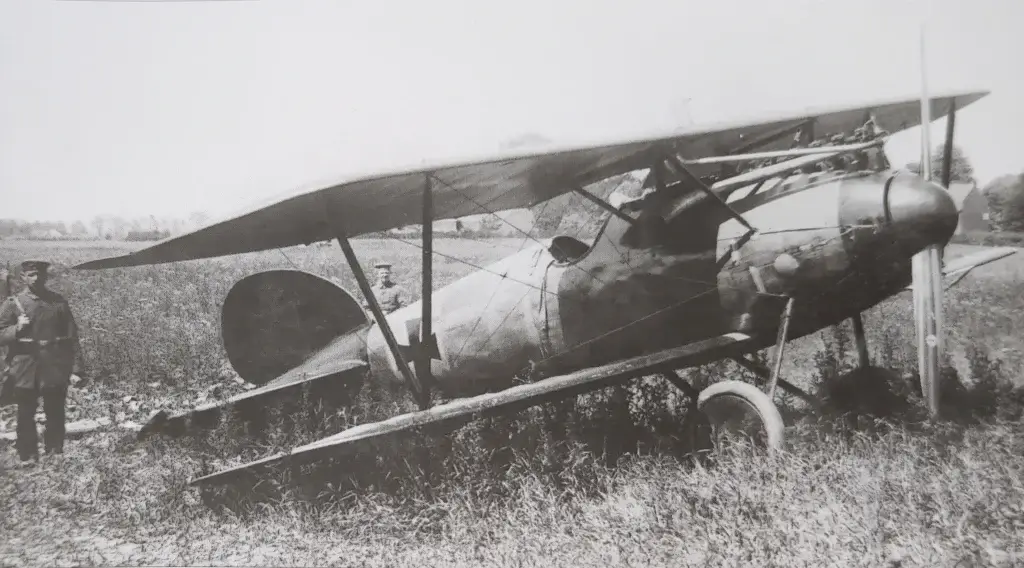
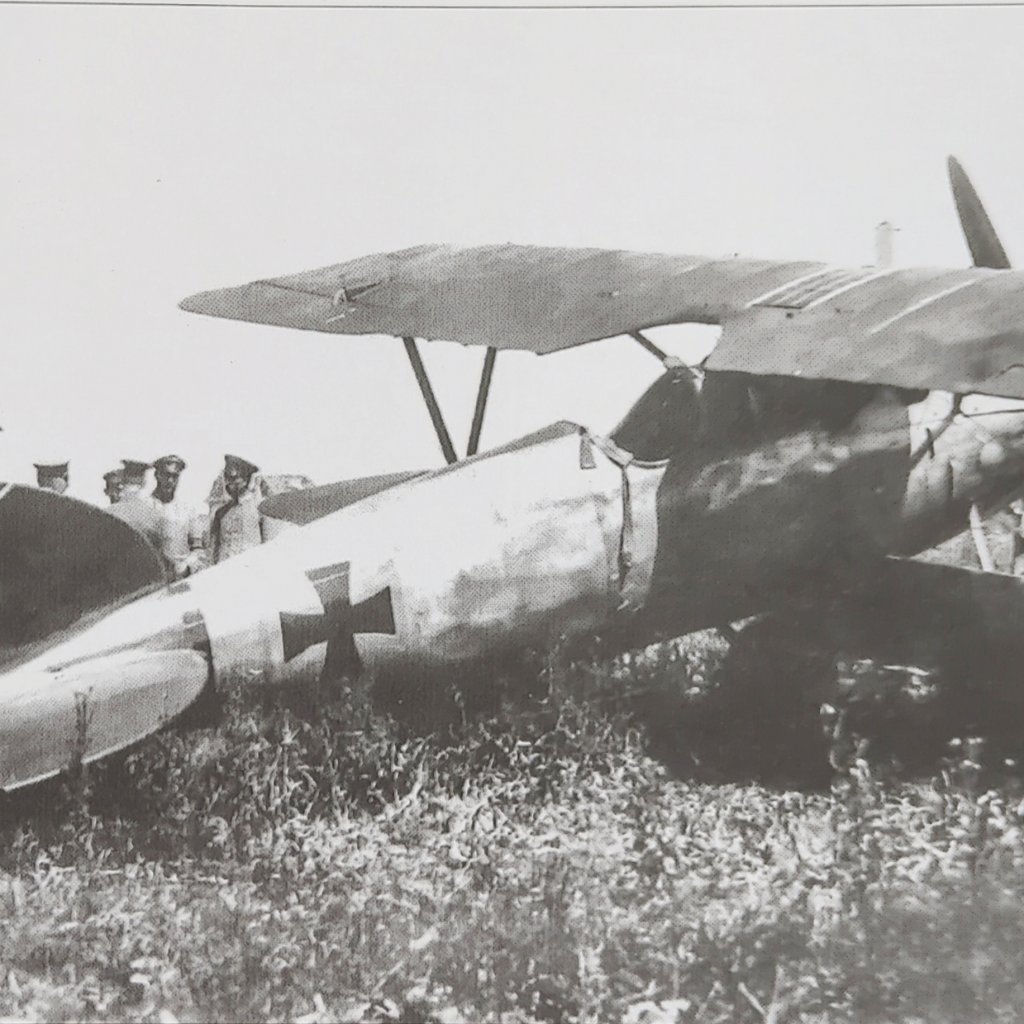
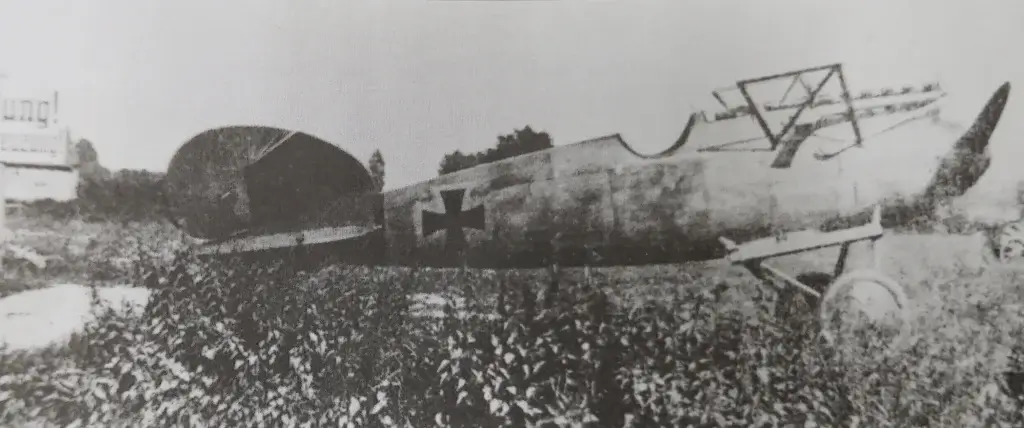
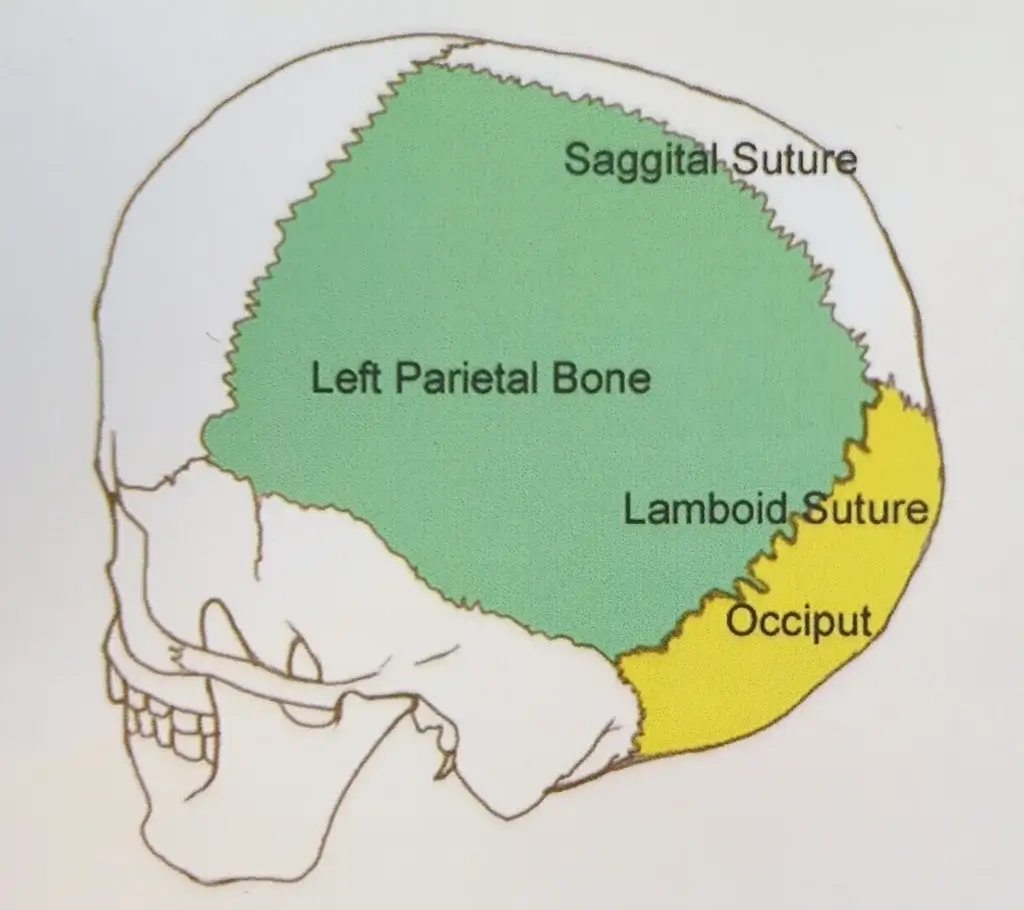
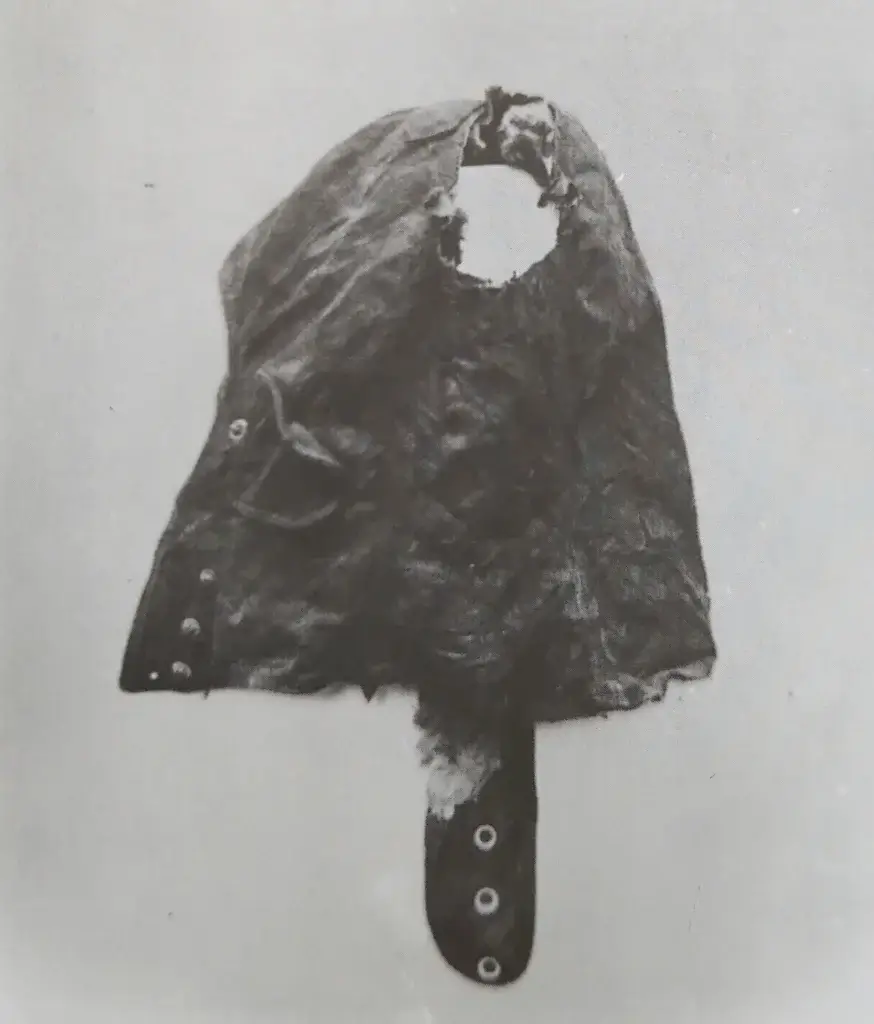
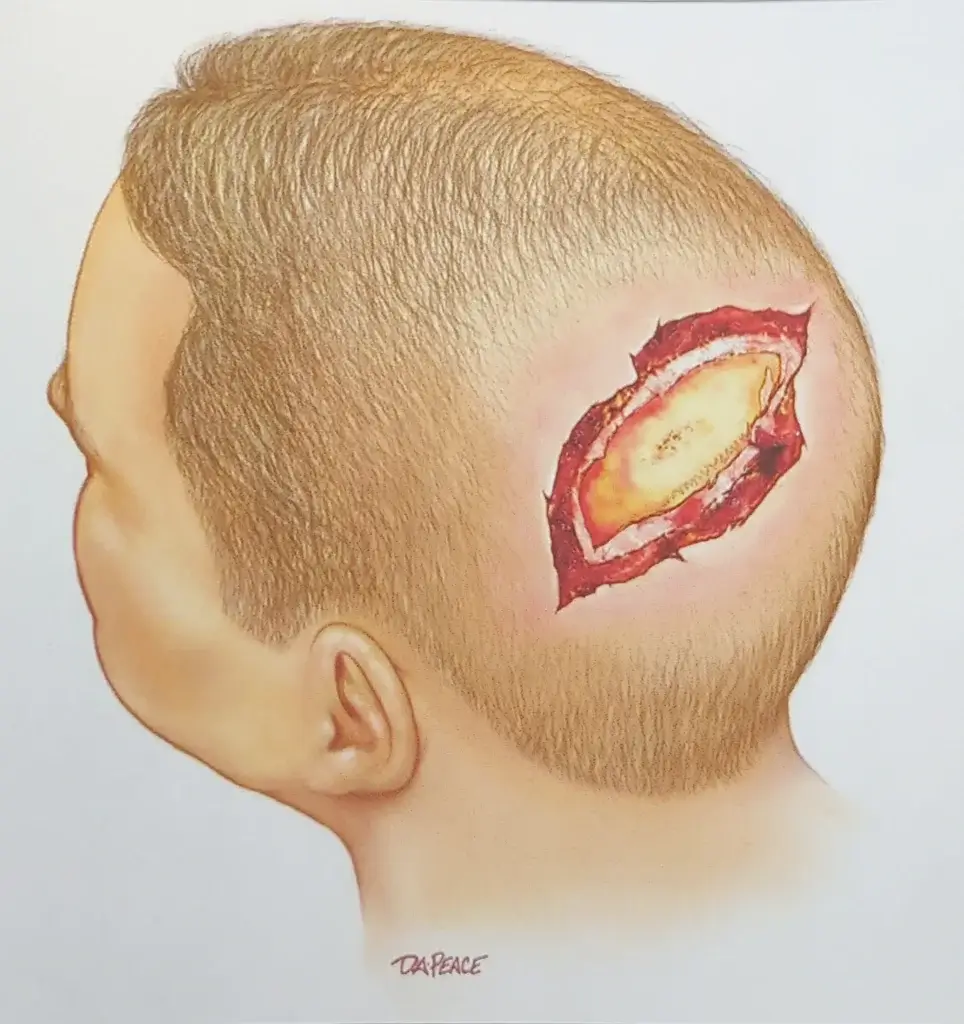
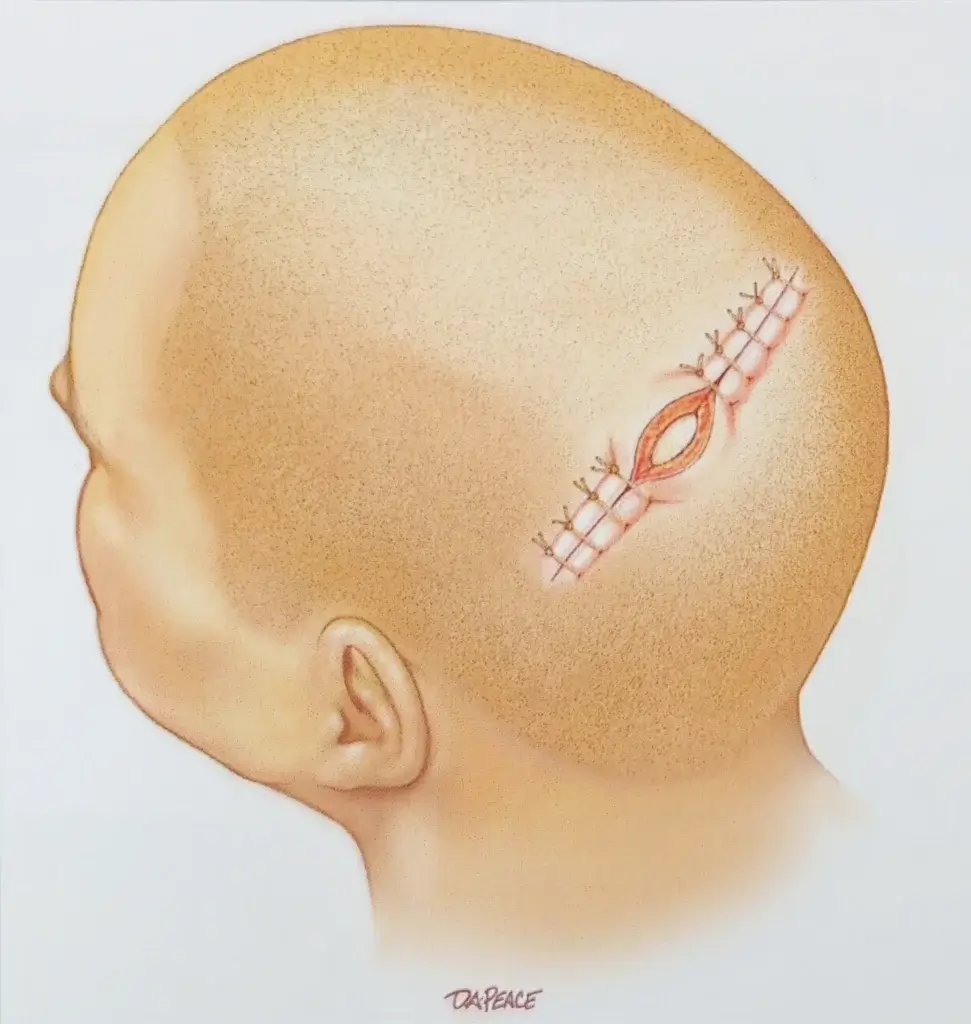
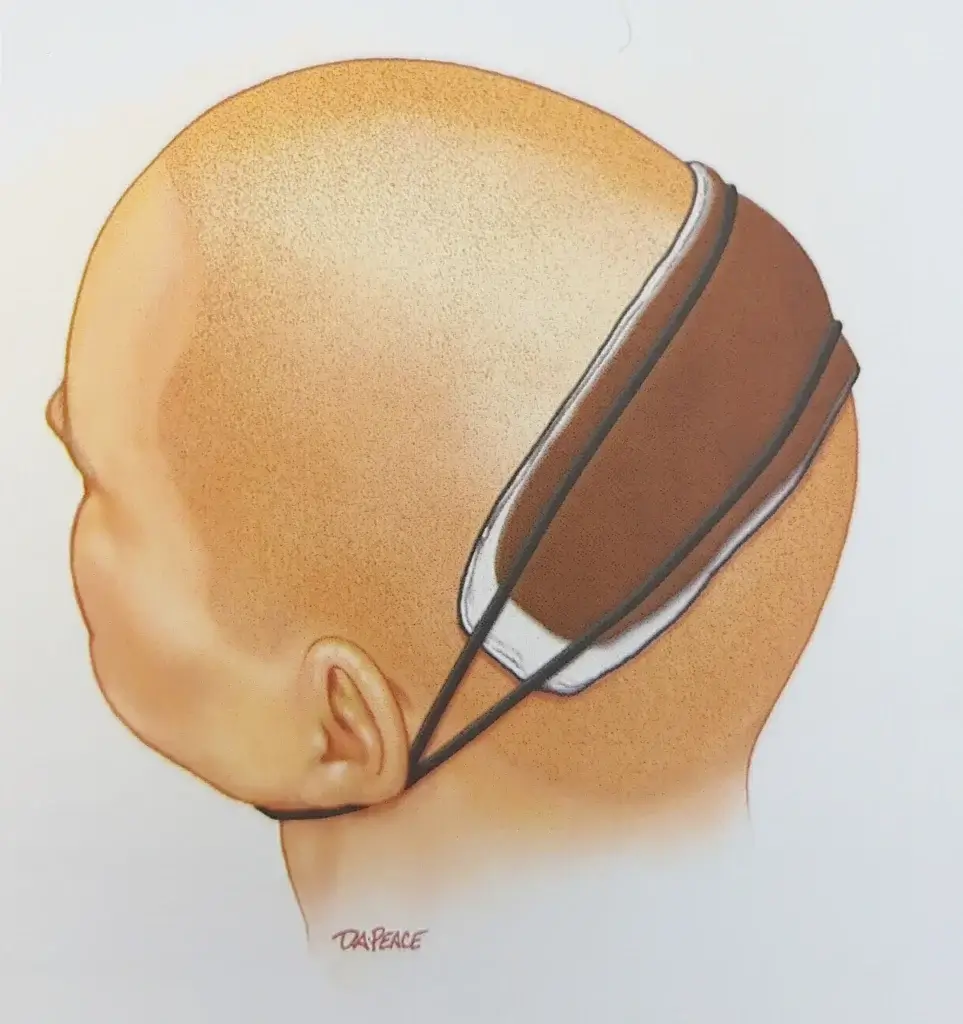
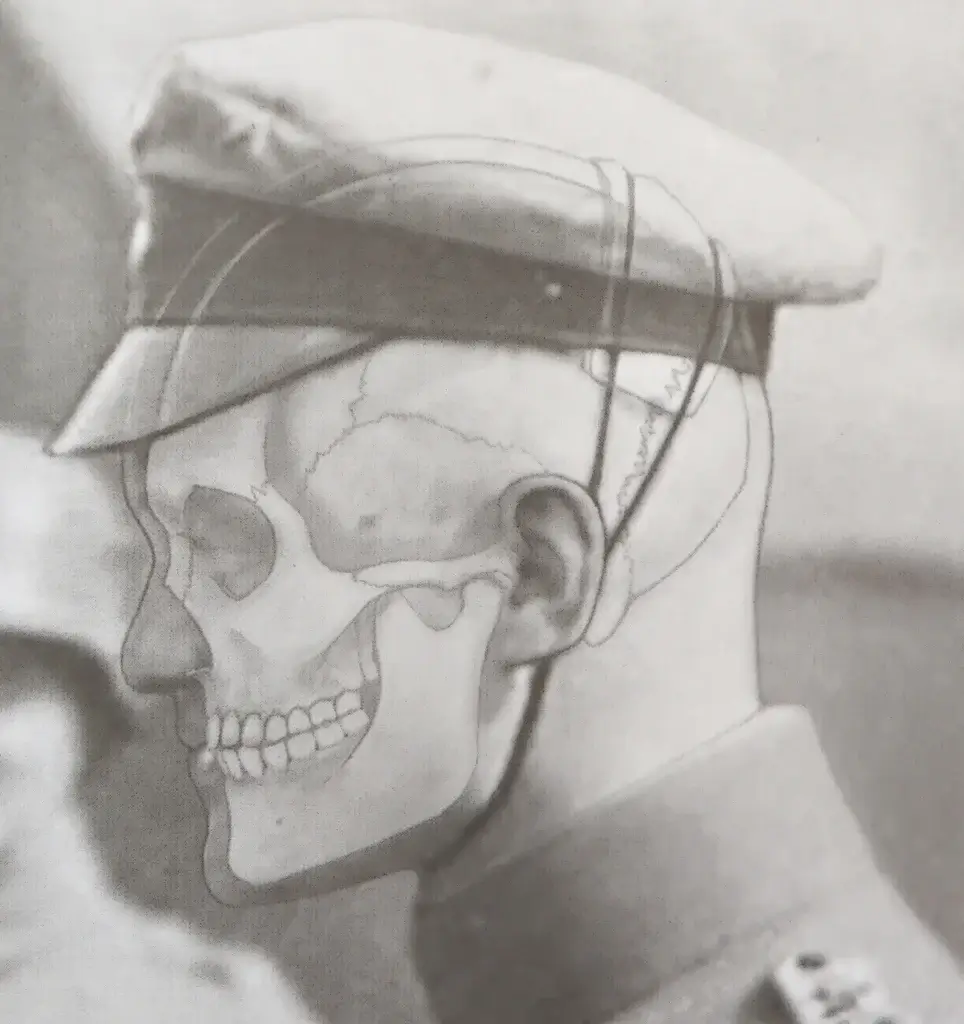
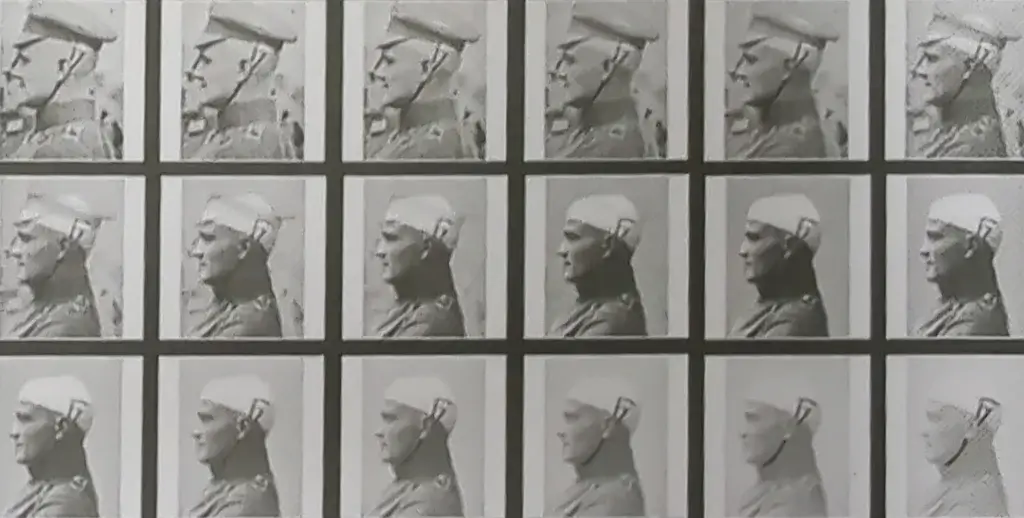
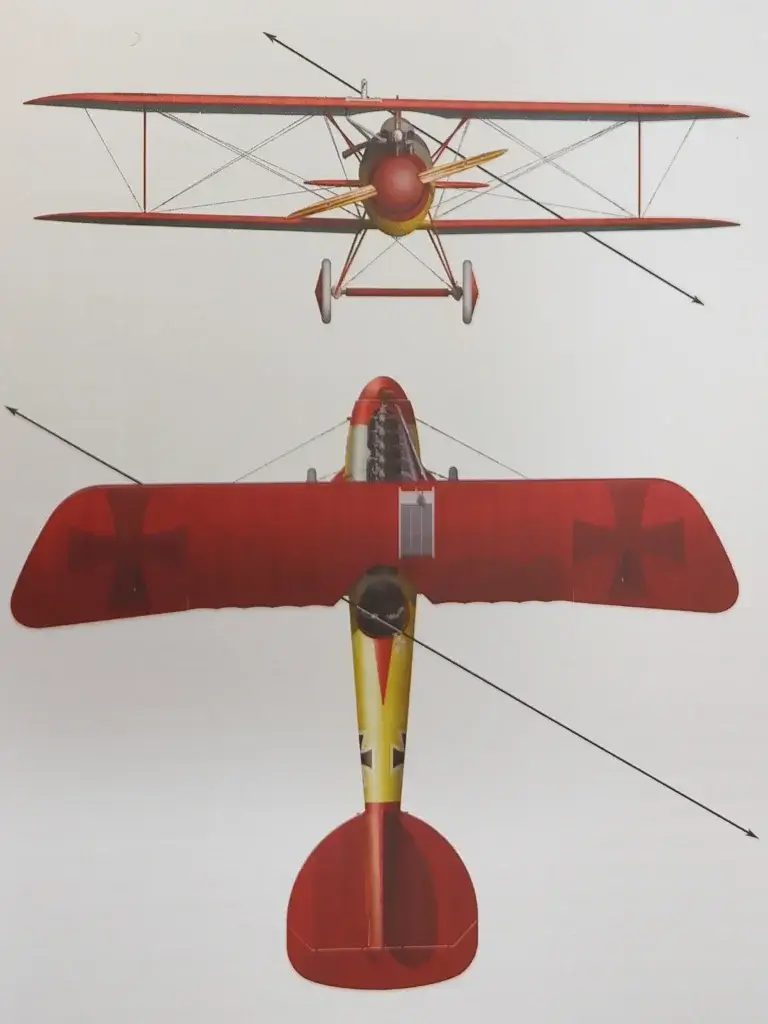
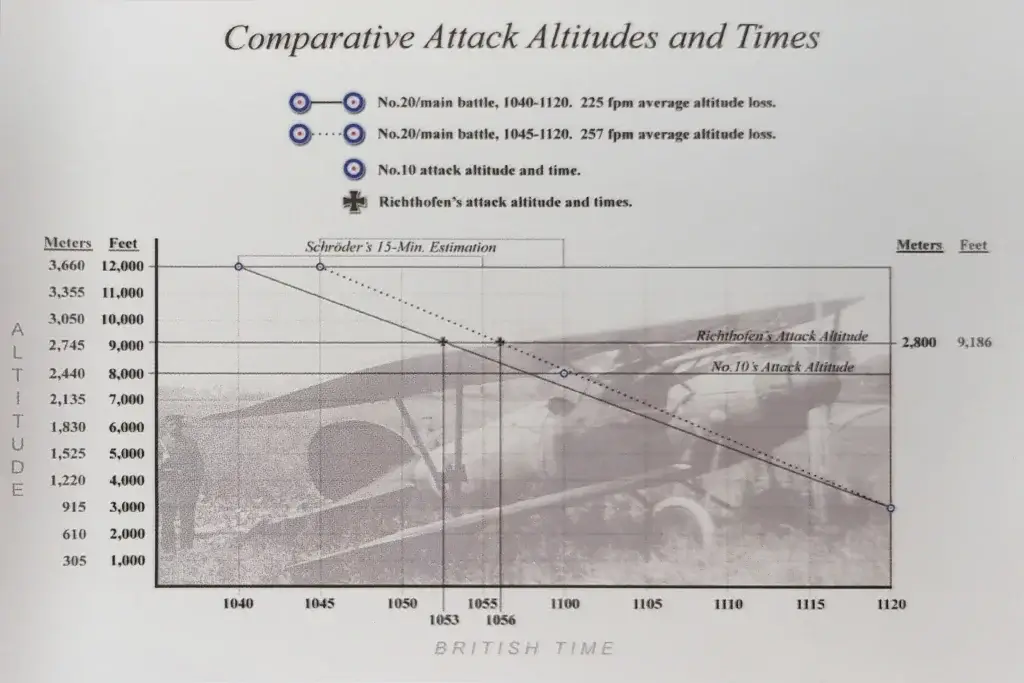
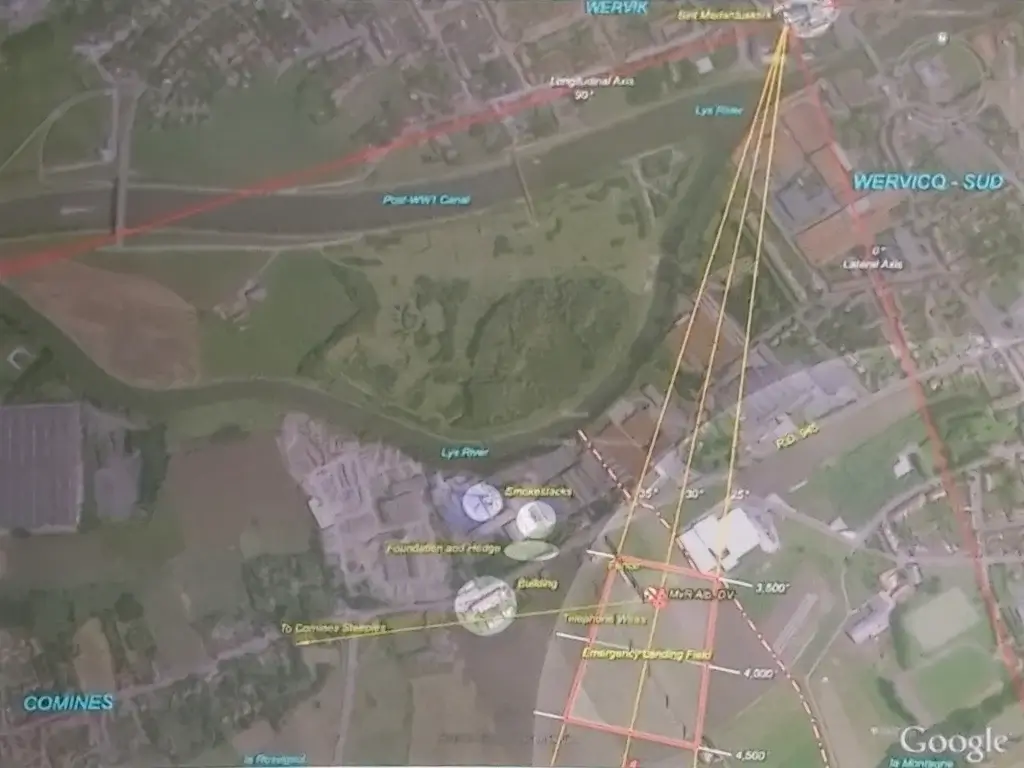
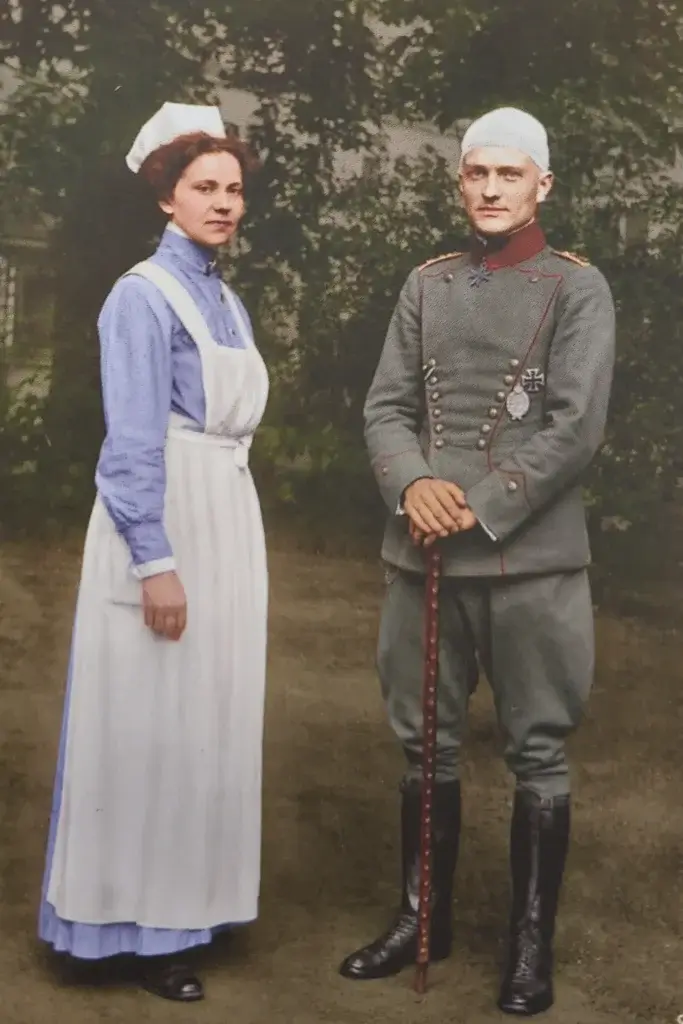
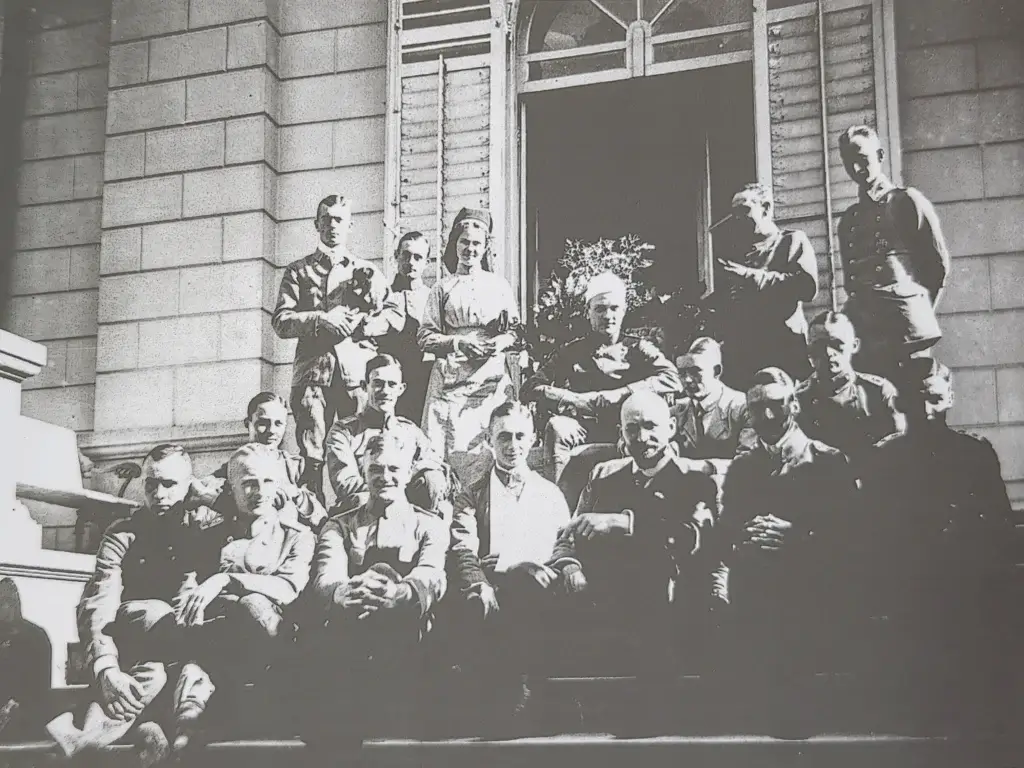
Comments (0)